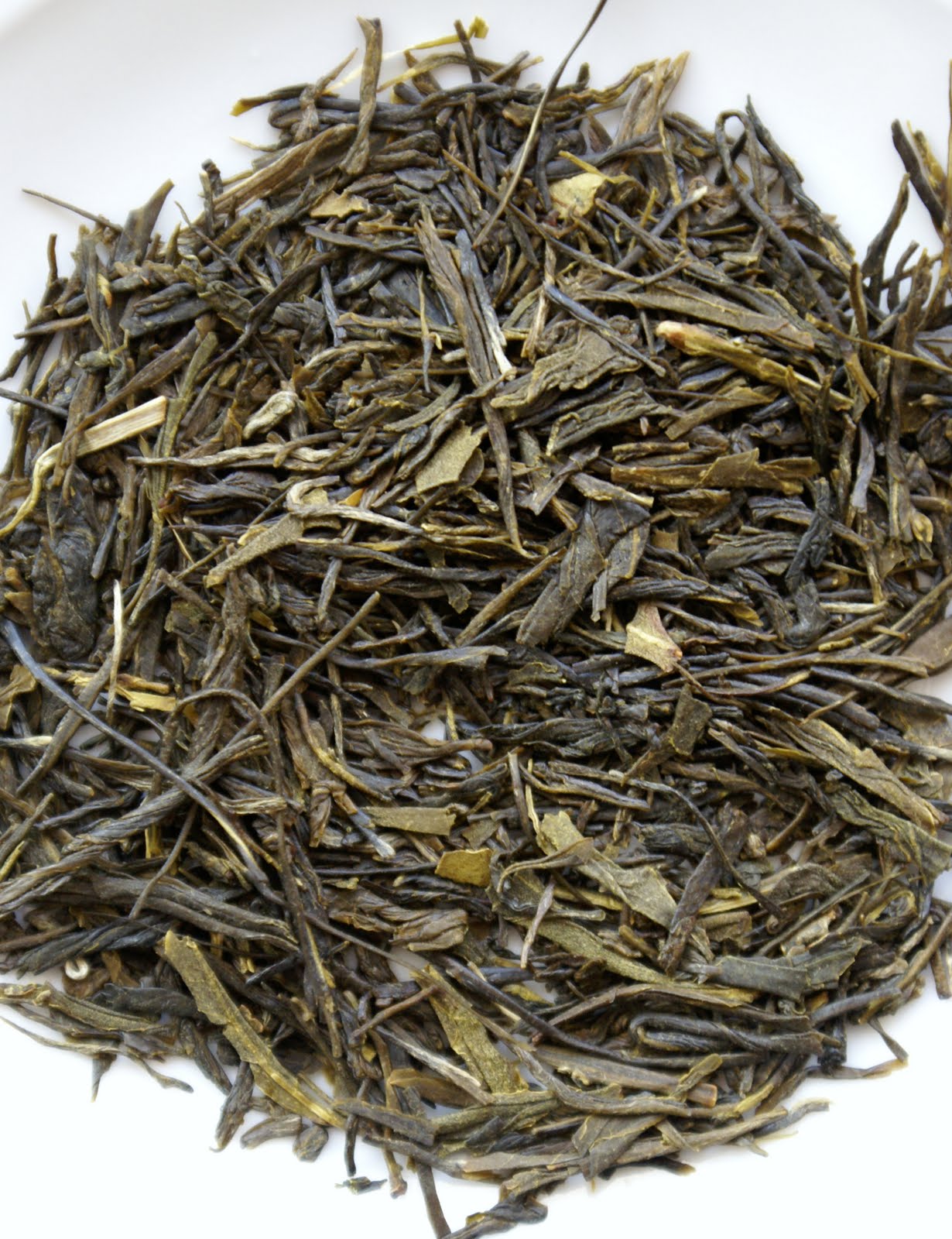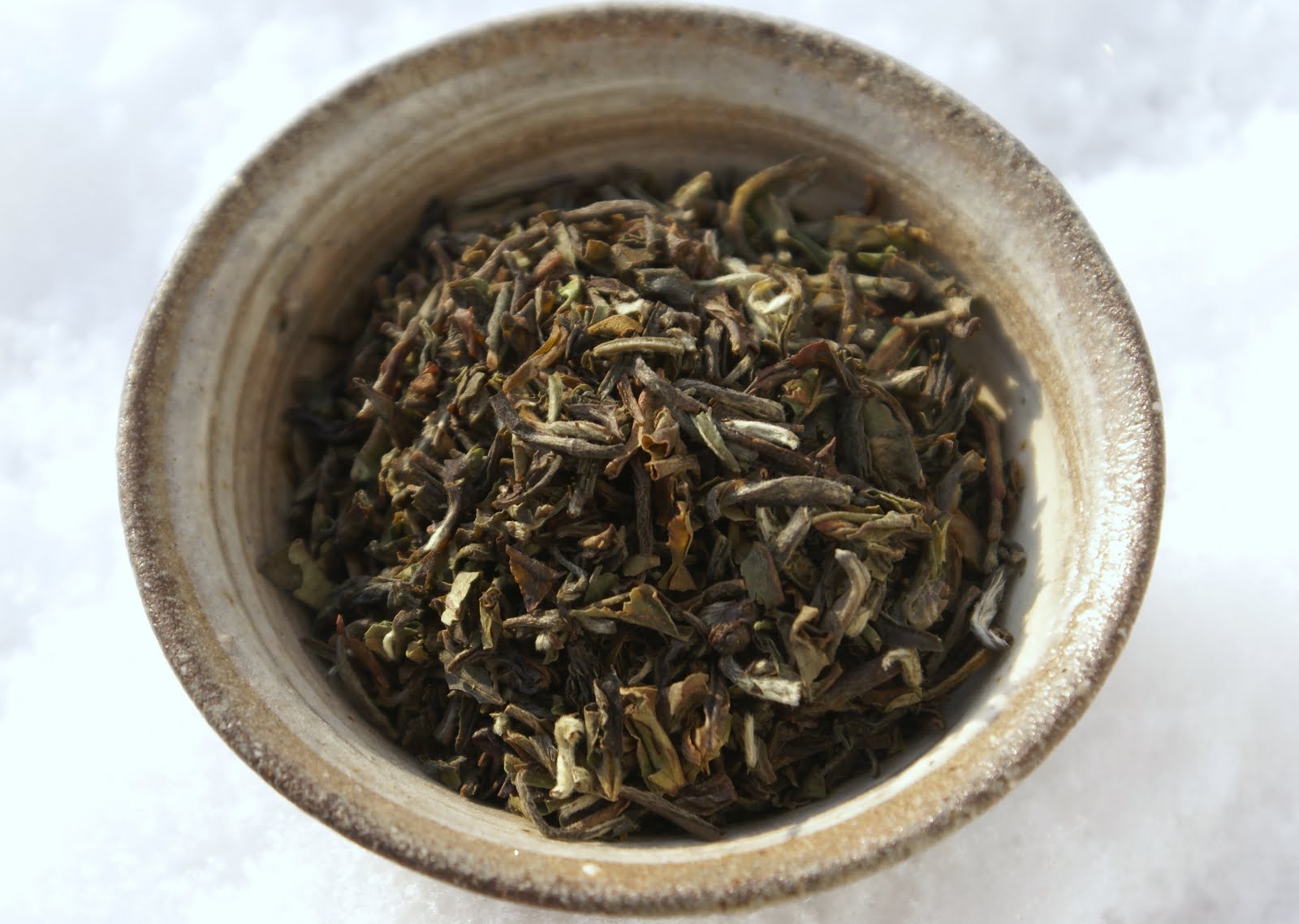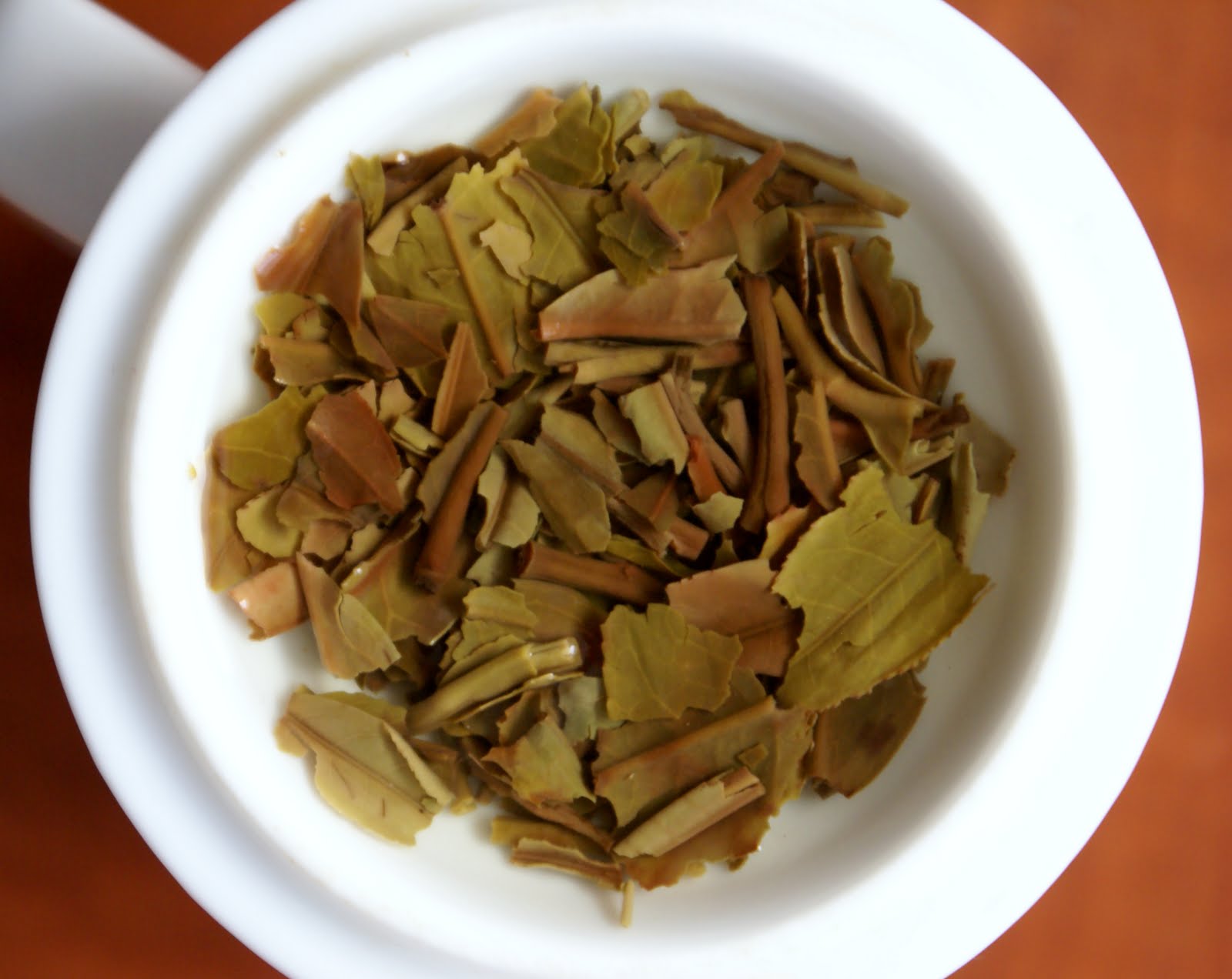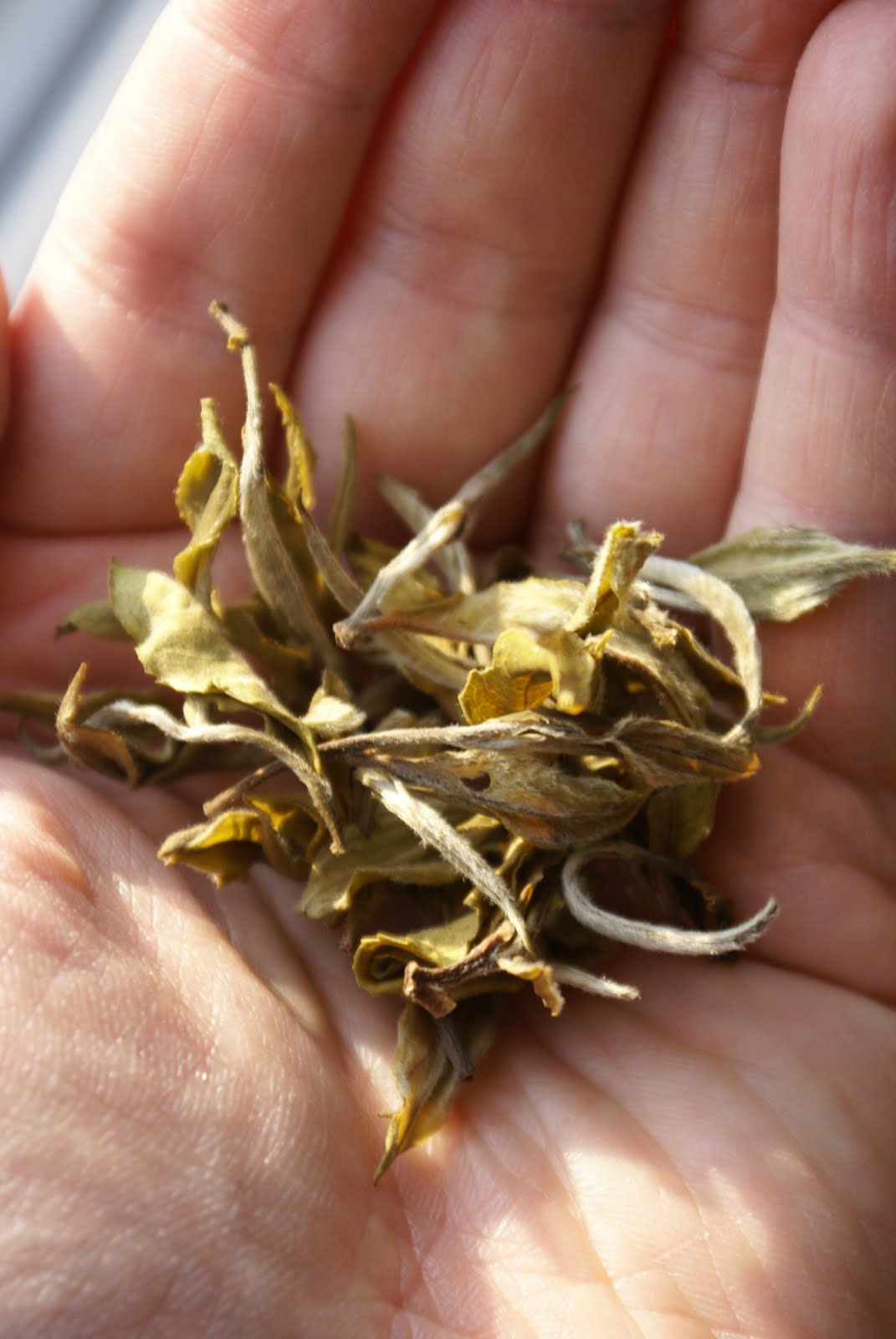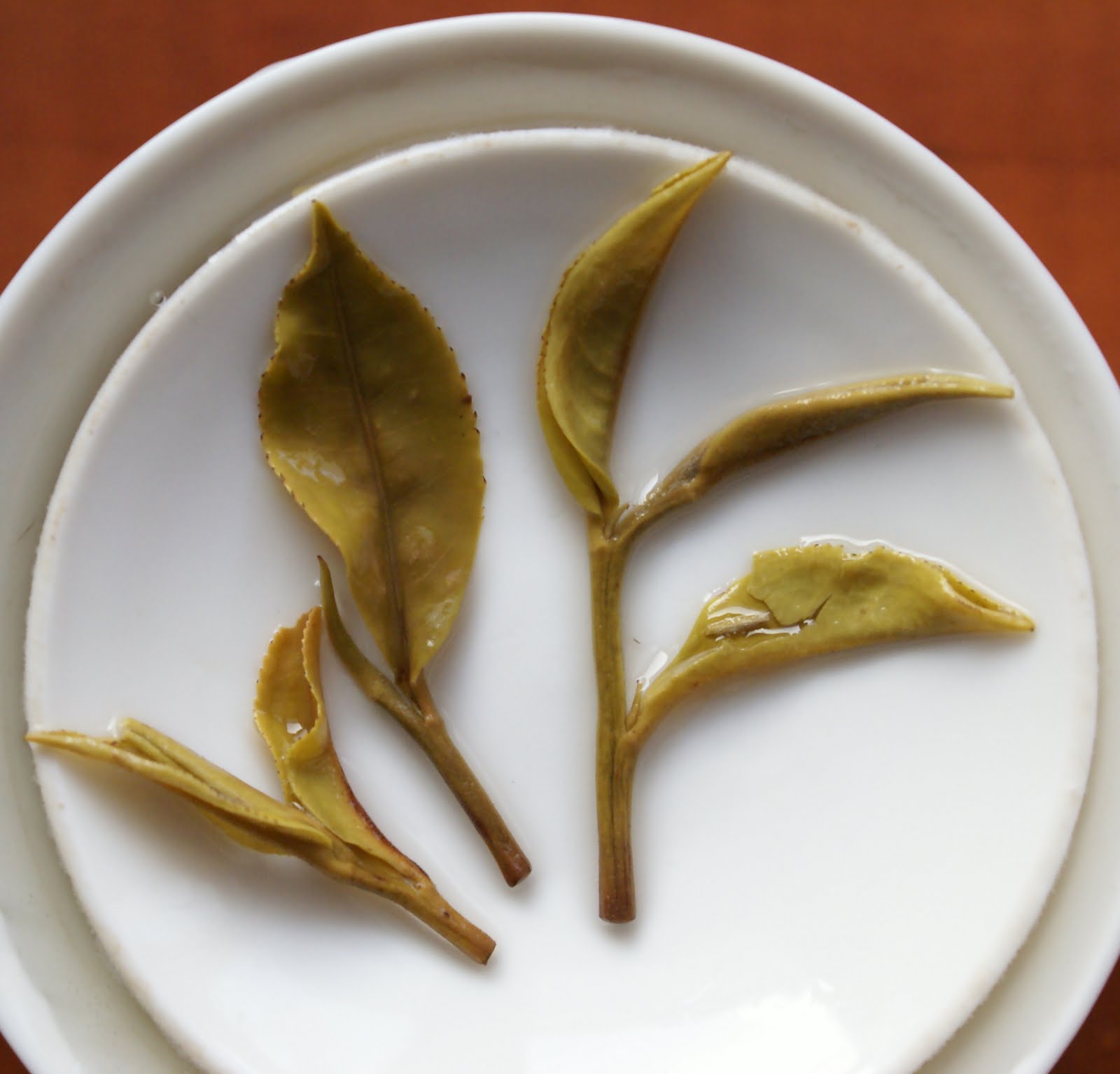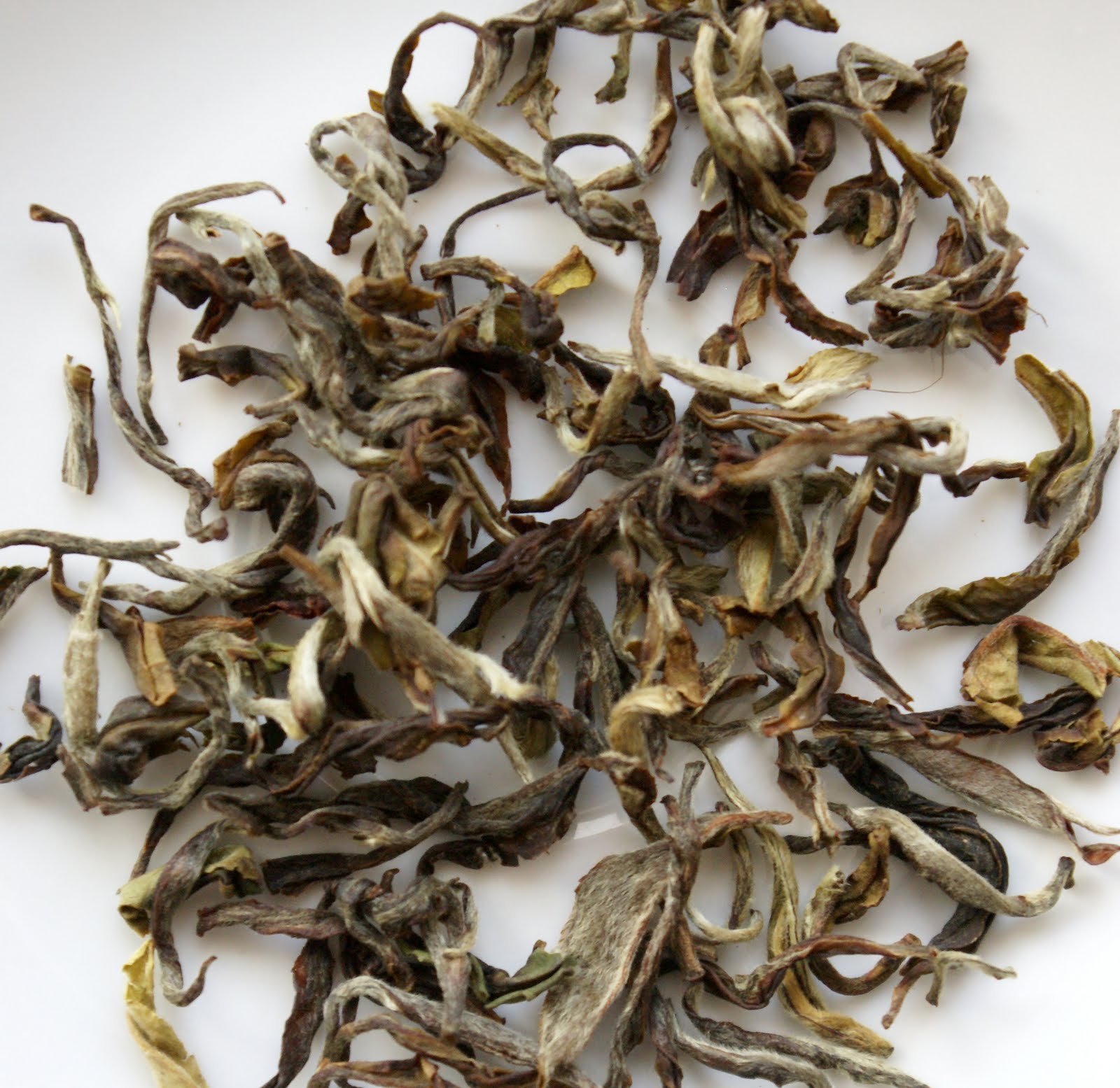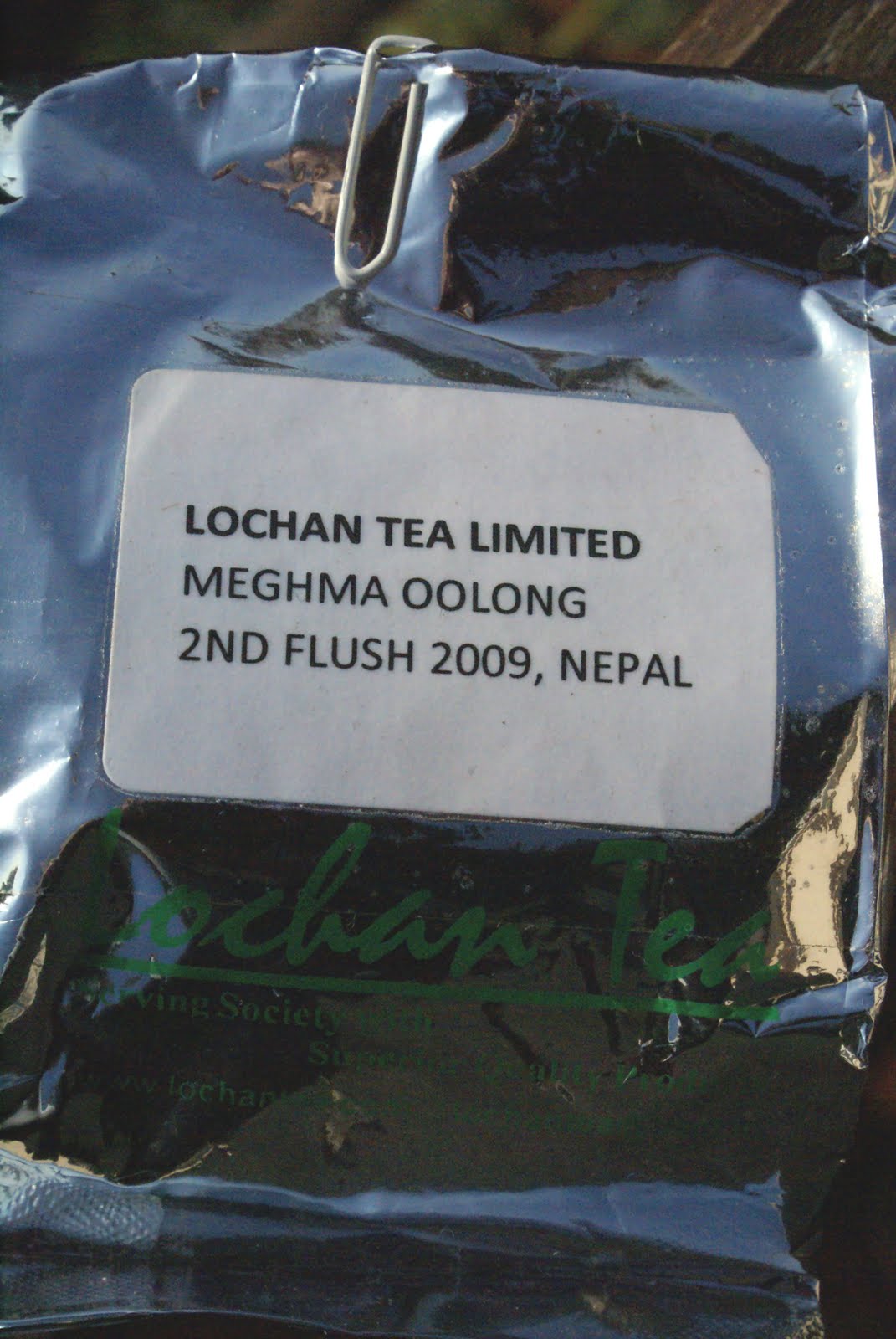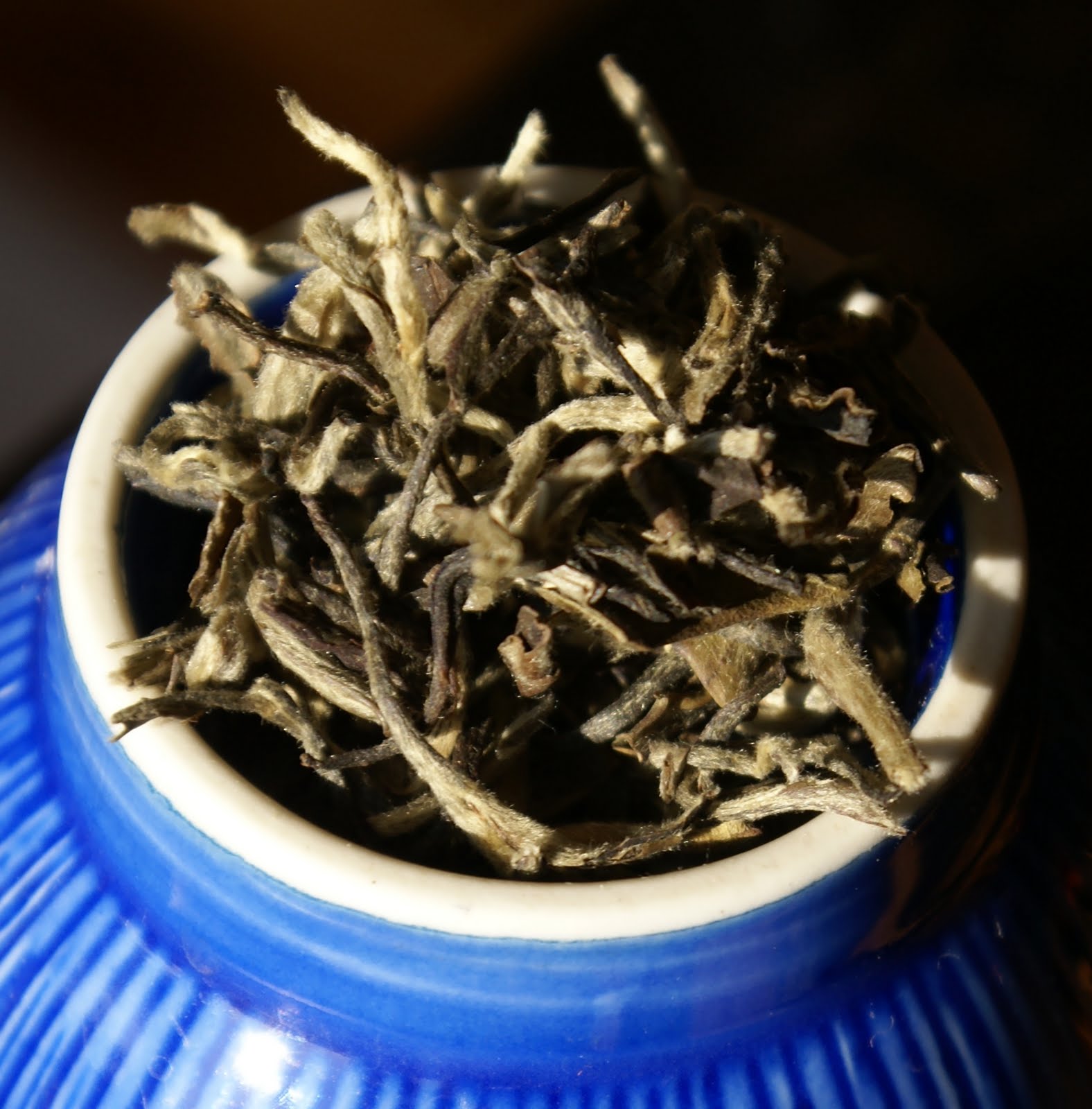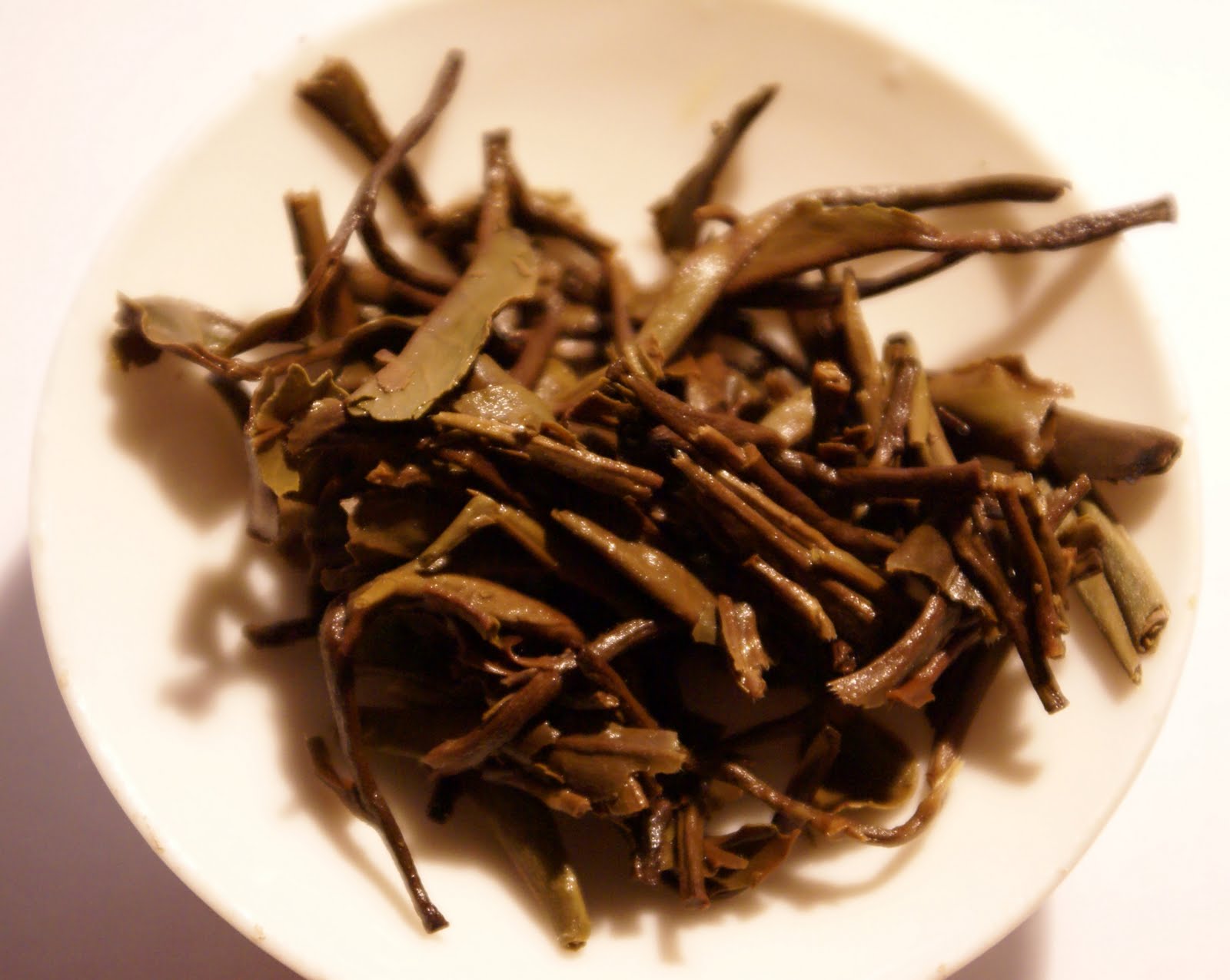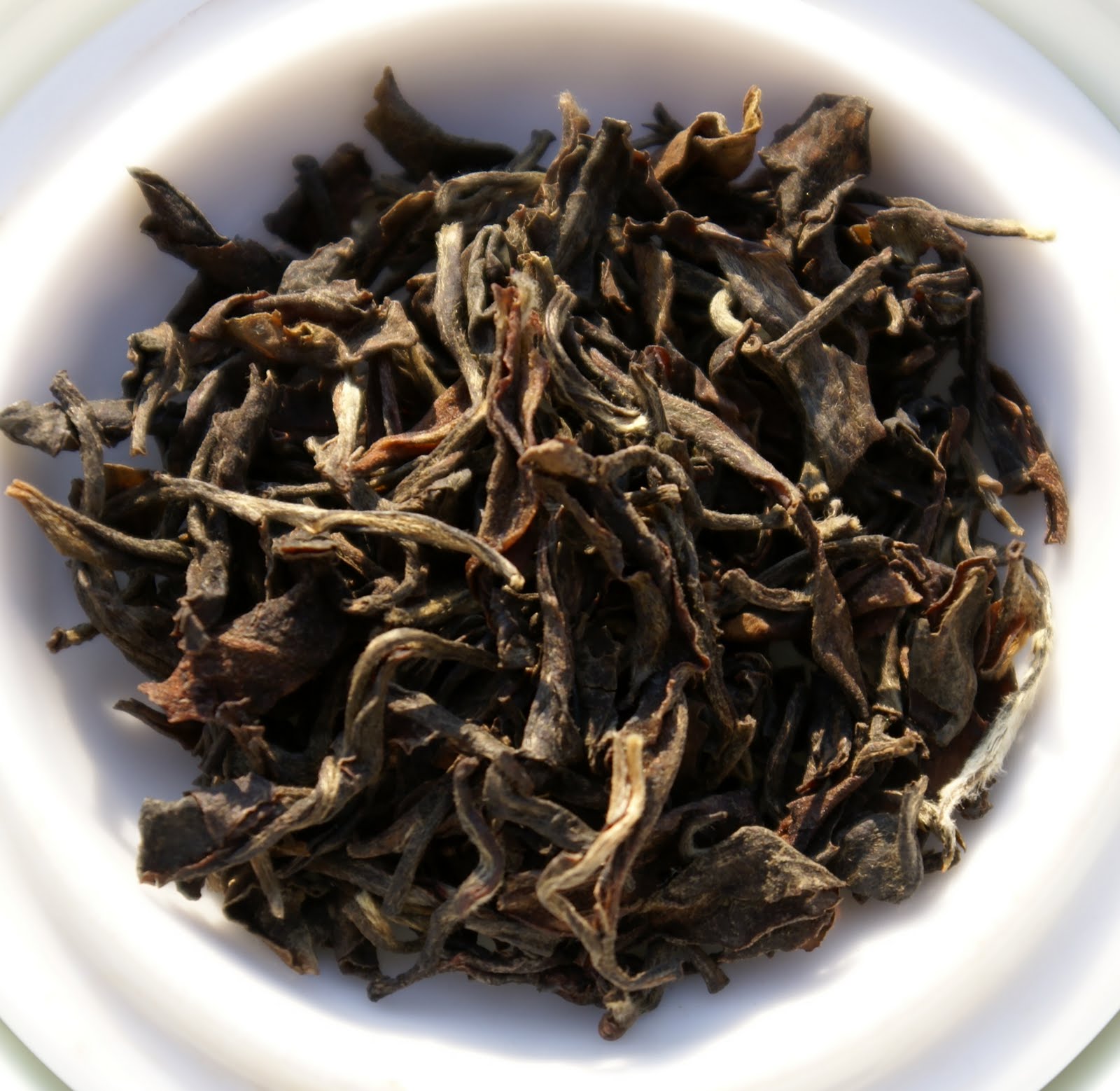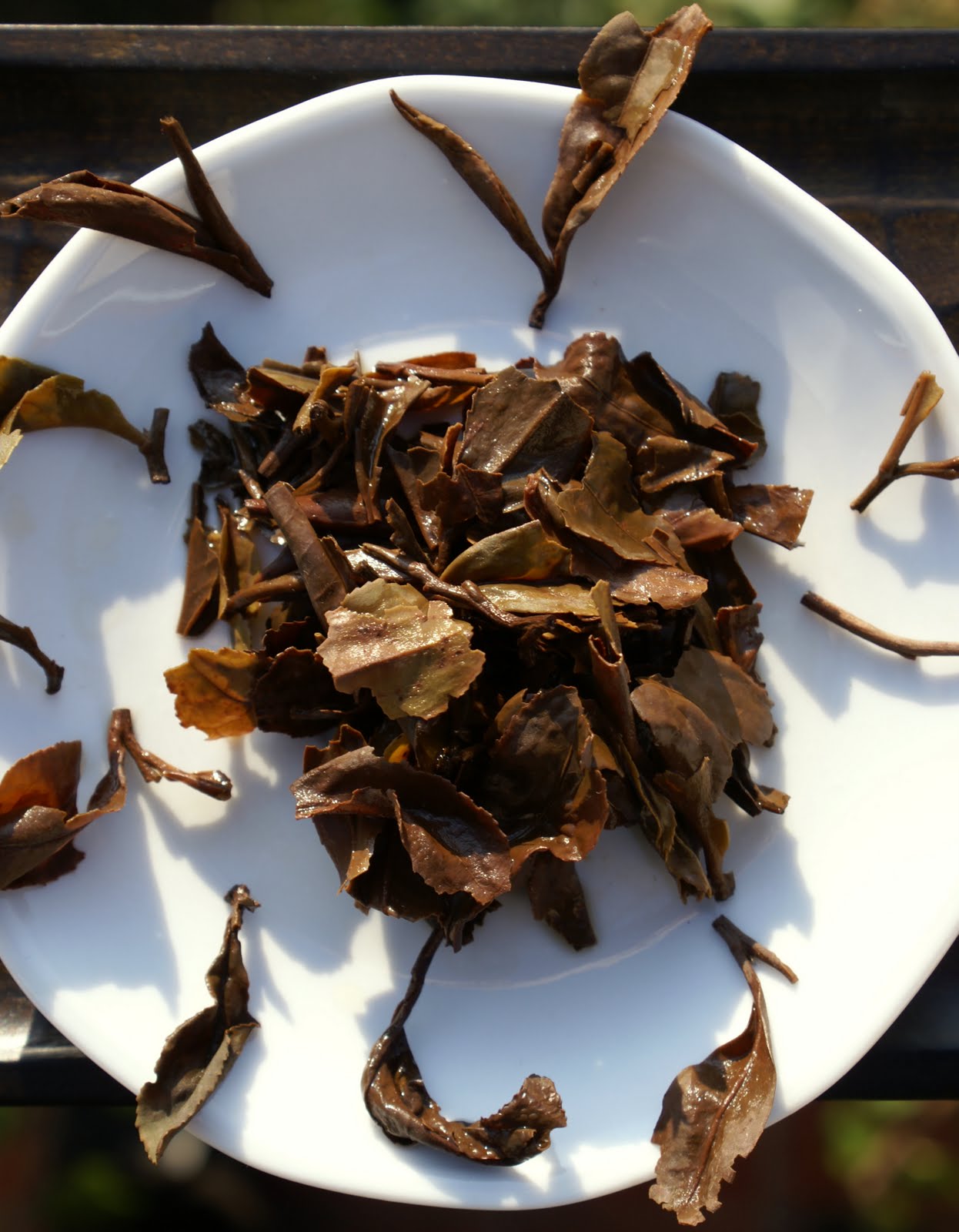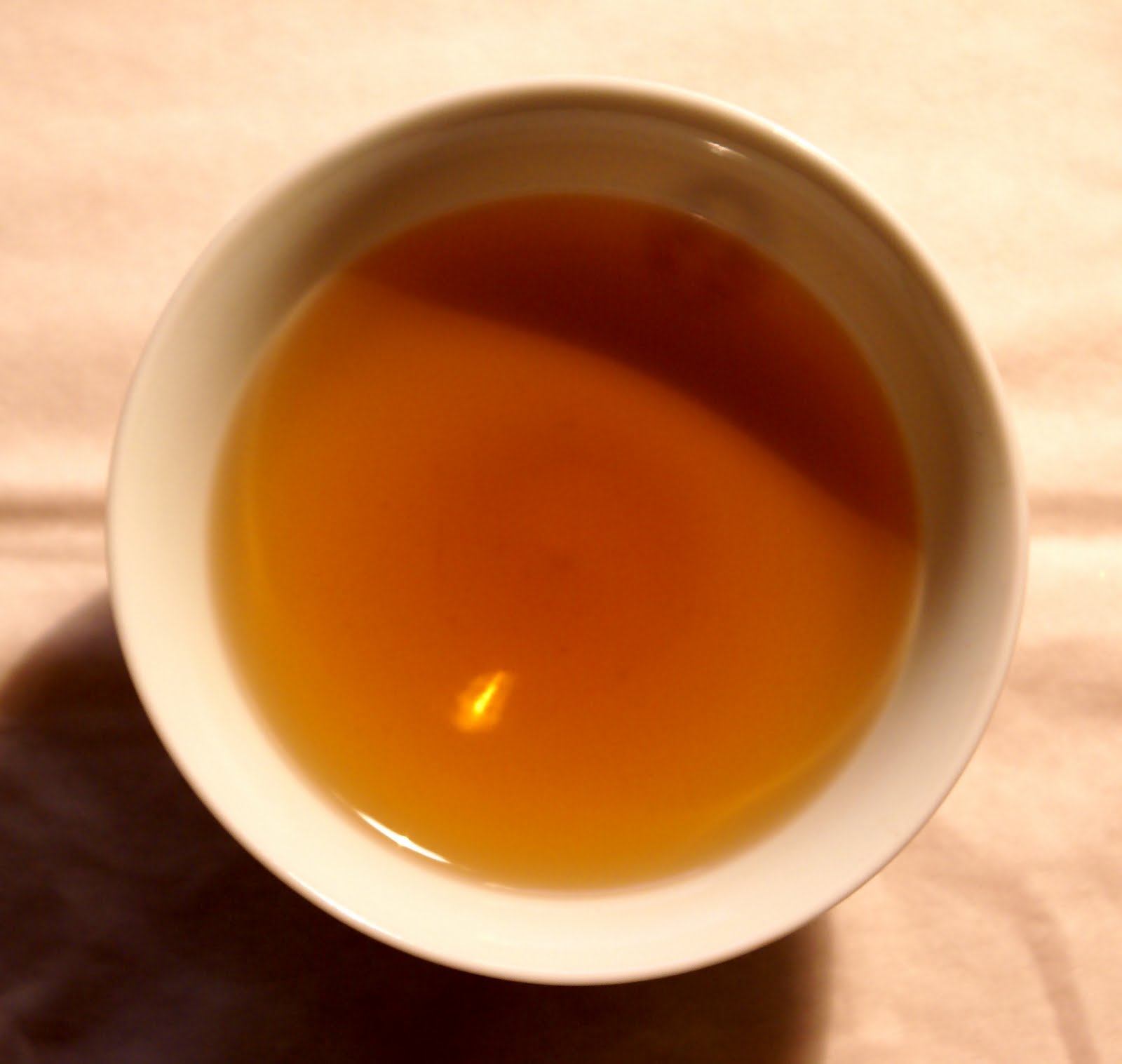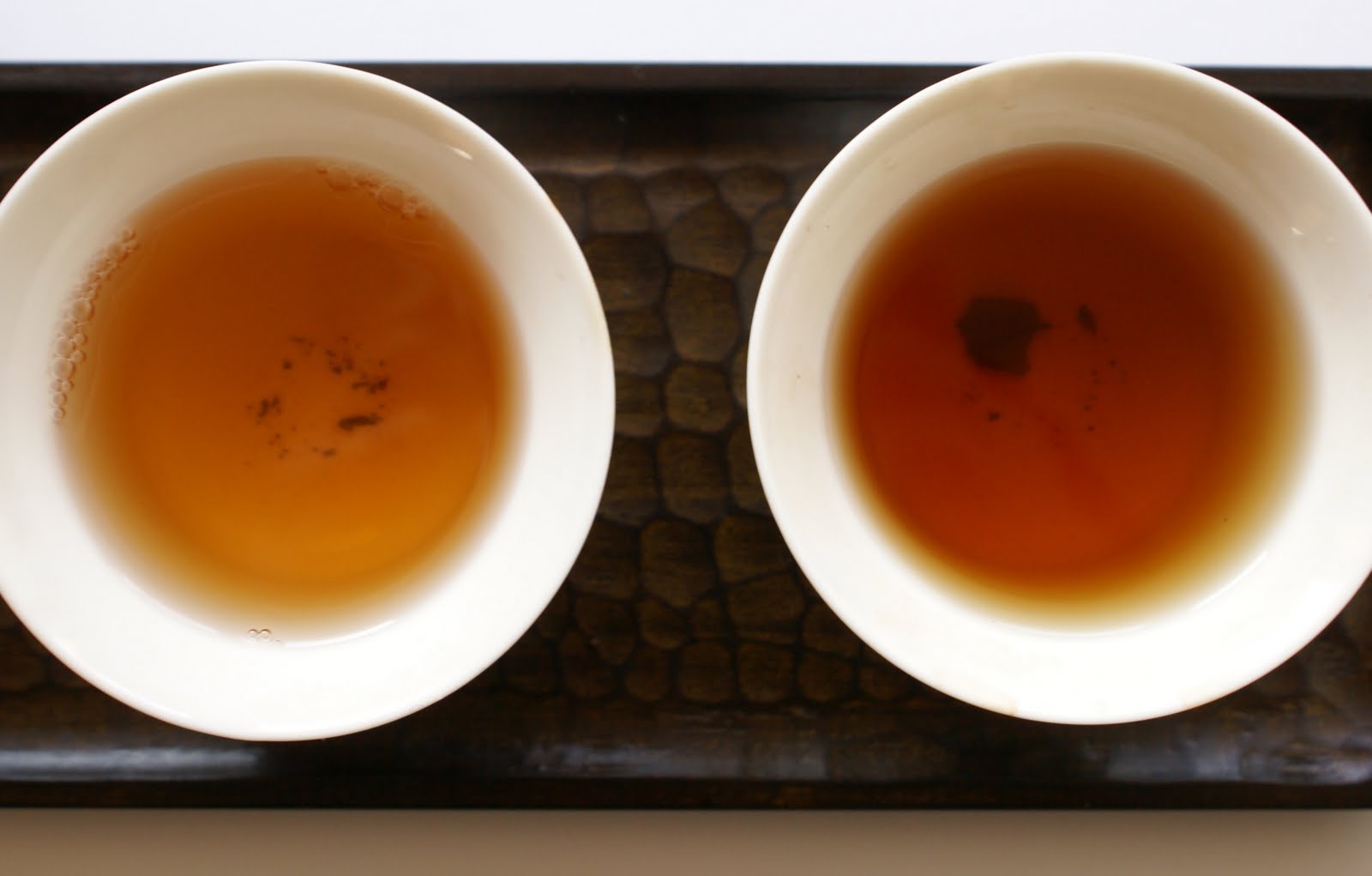Impressive tea from Nepal
The power of blogging. Although I don’t write about tea in Polish, my tea reviews on this blog were read by the good people at Polish web tea shop Čajografia, which resulted in a nice e-mail and a box of samples arriving at Domaine Bońkowski. Having tasted one of Čajografia’s excellent black teas in the past, I was excited at the prospect of tasting through their specialities: Nepalese teas.
Aneta and Artur Woźniak travel the tea regions in search of good teas and people. They’re offering a limited range of interesting stuff from Nepal, Sri Lanka, Darjeeling and even Malawi. Judging by these five teas they really have a good nose. Their offerings are also extremely affordable, ranging from the equivalent of 4 to 5€ / 100g.
Green Hill (I assume 2009) is a Nepalese green tea from Ilam Tea Factory. For those familiar with Himalayan green tea e.g. from Darjeeling, this tea will come as a shock. It has nothing to do with the under-oxidised black teas that seem to be the common denominator in the region. Instead, it is made like a Japanese sencha, with moderately fragmented flat needle-shaped leaves being steamed and then fired. These Nepalese leaves are very well-processed. The steaming here has been light (asamushi), resulting in a transparent light green brew that would easily pass for a sencha in a blind tasting. It is perhaps a little darker in colour and stronger in flavour than a good asamushi, and the finish is less grassy, with an echo of nuttiness (as well as mint and lime) on the finish that is more Chinese in style (Longjing coming to mind). It also lacks the glutinous umami expansiveness that is typical of Japanese tea when brewed at lower temperature. Some bitterness here, although that seems easy to control with brewing parameters. My preferred ones are water at 70C, and 60 seconds. This is definitely good-quality tea and a very good imitation of a Japanese green.
From the Jun Chiyabari estate comes this Himalayan Somabar black tea that is a 2009 SFTGFOP1 1st flush. Small Darjeeling-styled leaves with a mixture of brown and black colours, some tips, (photo above) and a strongly herby, almost sulphury aroma. The spent leaves are predominantly green in colour, showing some good careful processing (photo below). The colour in the cup is also rather light: more orange than ruby.
This is a simple, rather unaromatic tea with a degree of tannic bitterness (perhaps derived from a bit of breakage in the sample). Bone-dry in taste, with a good moment of fruitiness (dried apricots?) and reasonable activity. Clearly losing a bit of freshness already, though surely not the most declined of 2009 1st flushes. Good.
I also tried three teas from the Kuwapani estate in the region of Dankhuty. White Peony is, you guessed it, a white tea: looking at the dry leaf above it is easily identified as a Chinese baimudan style (containing both leaves and hairy buds). I drink little white tea and tend to go for the higher yinzhen grades when I do, but I’ve not seen such an immaculately processed baimudan before. There is not a single broken leaf, and the two-leaves-and-a-bud systems are impressively presented. There are minor signs of oxidation on the stem ends, otherwise you get tea leaves in a beautifully unadulterated condition (photo below). Brewed 4 minutes at 70C, this is a clean tea of good character, not very intense, showing a certain pea-like vegetality or even fishiness on top of the more usual flowery, herby notes. Unaggressive and seamless without the faintest shade of bitterness. Very flexible in terms of brewing parameters, this can also be infused 10+ minutes. Typically for baimudan styles this is not showing the ultimate finesse of yinzhen, with a bit of extra body and ‘grit’ on the palate. Really an enjoyable tea.
The Makalu Mellow is a 2009 2nd flush black tea graded as STGFOP1 ‘Tippy’. The latter is certainly true, and the leaf is well-processed with moderate fragmentation in a Darjeeling style. Very good aroma: high-grade bitter chocolate and orange spice are added to the usual dried herbs. Infused leaves are a consistent high-oxidation brown. A clean good-quality cup: medium deep ruby colour in the glass, moderately intense aroma, getting rather chocolatey as it cools down. I like a longer infusion on less dosage here, for its thick body and impressive consistency. Not a very distinctive tea but as good as a high-profile 2nd flush Darjeeling (and remember this is very cheap).
The star of the tasting is another black tea from Kuwapani, the Makalu Flowery (a 1st flush STGFOP1 ‘Tippy’ 2009). Opening the pack with its explosive dried herby, smokey, bergamottey bouquet reveals some outstanding tea leaves (see photo above). Huge leaf-and-bud systems are impeccably processed with no breakage whatsoever and little oxidation on the leaf. And look at the infused leaves: I don’t think I’ve ever seen such immaculate leaves in a black tea, anytime, anywhere. Predictably this brews a rather light peach colour, with the aroma of a light, herby, mildly firsty-flushy Darjeeling. The flavour on palate is expansive with quite a bit of power and bitterness on end, perhaps lacking a bit of mid-palate body and intensity (typically for a whole-leaf tea). But this tea holds back a lot, and can be reinfused several times atypically for a black tea, behaving more like a high-oxidation oolong (when steepings are kept short). There is also some outstanding huigan sweetness in the aftertaste. This is a tea of impressive integrity and fantastic personality, one of the best blacks I’ve tasted. What a surprise this should come from Nepal.


